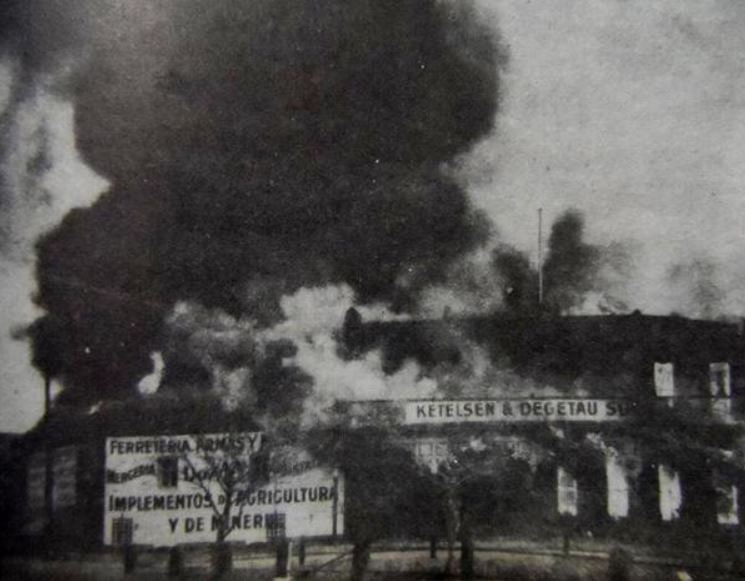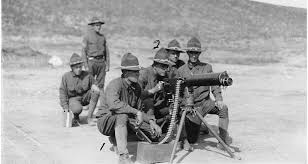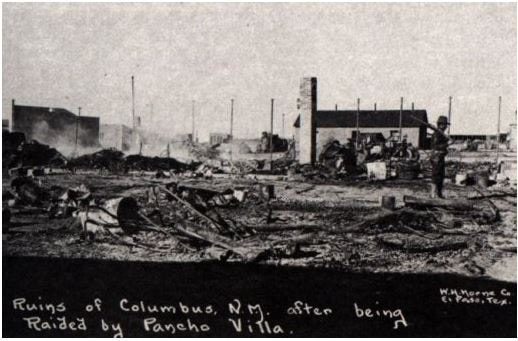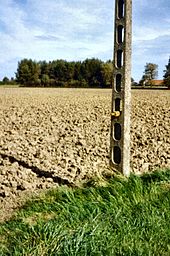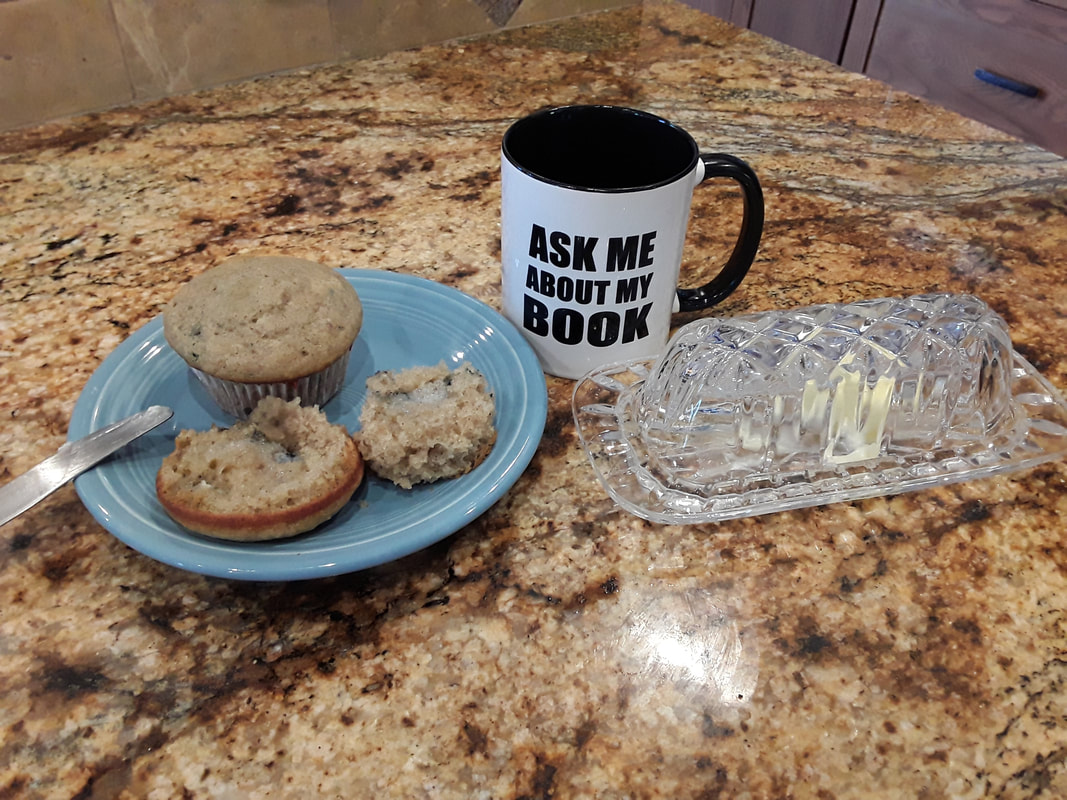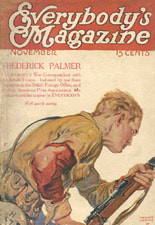Chocolate, White Chocolate and Macadamia Nut Cookies

2 eggs
1/2 cup vegetable oil
1/2 cup white chocolate chips
1/2 cup chopped macadamia nuts
Mix all together until there is no dry powdery mix left. Form into balls a little smaller than a golf ball and place 2 inches apart on an ungreased baking sheet. Bake until set around the edges, about 10-12 minutes. Let cool before removing from the baking sheet.
Makes about 2 dozen.







